India should create a corpus for post-COVID South Asia rebuilding
Would it be appropriate to suggest that the Modi government defer the construction of a new parliament building in Delhi, and use the funds (approximately Rs. 971 crores) to create a corpus for post-COVID South Asian rebuilding? writes Cmde C Uday Bhaskar (retd) for South Asia Monitor
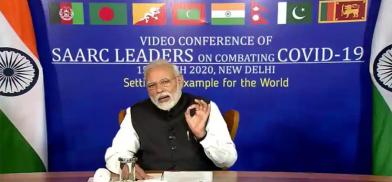
Hope has been kindled that a vaccine to prevent further spread of the COVID-19 pandemic is likely to be introduced soon and this is cause for guarded cheer in an otherwise blighted year. This is also an opportune time to review the South Asian experience in dealing with the pandemic.
India had crossed a critical benchmark in relation to the pandemic on December 1 when the death rate per million population crossed 100. This figure is much lower than that of the USA which was till Dec 8 was at 878 deaths per million. Currently occupying the second position in the global COVID ladder after the USA, India is expected to cross the 10 million mark by mid-December.
India and its neighbors
The comparison with the rest of South and Southeast Asia indicates that India has not been as effective as its regional neighbors in dealing with the pandemic since the lockdown of late March. Other South Asian states have managed to keep their total number of COVID cases and deaths at a much lower levels.
If total COVID deaths per million are taken as a metric, the descending order is India 102; Maldives 86; Nepal 56; Bangladesh 42; Pakistan 38; Sri Lanka 7; and Bhutan is at zero. No single reason can be advanced at this stage for this variation and due credit must be given to the political leadership and public health officials of those countries that have kept the negative fall-out to as minimum a level as they could.
The total COVID death toll on Dec 8 which varies by the day is as follows: India – 141,344; Pakistan 8,487; Bangladesh 6906; Nepal 1637; Sri Lanka 142; and Maldives 47. And to place these numbers in context, the global death toll is over 1.55 million fatalities.
When it was first recognized in early 2020 as a dangerous public health challenge, the pandemic panic that ensued was understandable. The rapidity with which the virus could spread and the fact that it had no antidote induced a certain policy paralysis. The immediate response was a draconian lockdown with tragic consequences – particularly for the larger demography of South Asia with its low per capita income and related human security indicators. Economic activity came to an abrupt halt and the policy dilemma was how to regulate the normal rhythms of everyday life such that public health was not endangered, even while allowing for the limited activity that allowed the citizen a modicum of limited normalcy.
Consequently the GDP growth rates of most states took a beating and the pattern that emerges globally and in South Asia is instructive. Among the major economies, it is only China that has registered an estimated positive tick of 1.9 percent GDP growth for the blighted 2020 COVID year. In contrast seven major nations all recorded a negative GDP shrinkage as follows: USA minus 4.3 percent; Japan 5.3; France and UK both 9.8; Germany 6; India 10.3 and Russia 4.1.
COVID impact and India’s poor economic growth rate
However, in South Asia, Bangladesh registered a commendable +3.8 percent GDP growth rate with Pakistan also staying above the median at 0.4, while Sri Lanka with its otherwise robust human security indicators were at -4.6 percent. In summary, despite the political resolve exuded by the Narendra Modi government in dealing with the pandemic that led to a massive disruption among the unorganized labor sector of India, the scorecard for Delhi in relation to human security and macro-economic management are not flattering.
It is paradoxical that the world’s largest and oldest democracies, namely India and the USA has fared poorly in dealing with both the pandemic and its national prosperity, while communist China has the most positive indicators apropos the coronavirus and its consequences. The deeper and abiding challenge for South Asia will be the post-COVID recovery in 2021 and beyond. The best-case scenario is one that sees a proven and rigorously tested vaccine being rolled out by January or February. The UK has already begun a pilot vaccination campaign and other countries have their own schedules.
Vaccine breakthrough
A thumbnail review of potential vaccine availability and affordability is revealing. Domain experts aver that the developed nations, by and large, have adequate resources to cater to all their citizens while China has already introduced its own coronavirus-related quarantine and preventive protocols effectively. It is the developing nations including India and other parts of Asia and Africa that are most vulnerable. They are yet to locate and lock adequate vaccine supplies.
The challenge for the global poor and their political leadership will be to find not just a proven and effective COVID vaccine but also one that is affordable and which can be transported with all the infrastructure and connectivity constraints associated with developing nations.
Traditionally India has been able to provide valuable humanitarian assistance to many of its neighbors when required and both efficiency and empathy will be called for in equal measure to deal with the post-pandemic recovery and rebuilding.
Would it be appropriate to suggest that the Modi government defer the construction of a new parliament building in Delhi, and use the funds (approximately Rs. 971 crores) to create a corpus for post-COVID South Asian rebuilding? This could address not just national economies but vulnerable human lives that would benefit from assistance that is empathetic and assuaging.
Such an initiative would be in keeping with the Modi advocacy of SAGAR (security and growth for all in the region) and an inspiring demonstration of the true spirit of democracy.
(The writer is Director, Society for Policy Studies - SPS. The views expressed are personal)




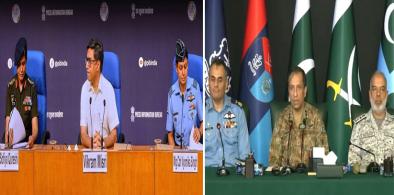
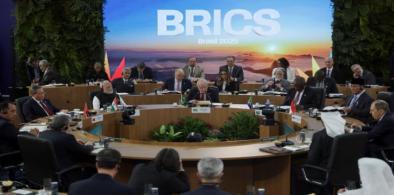
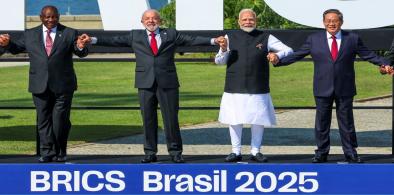
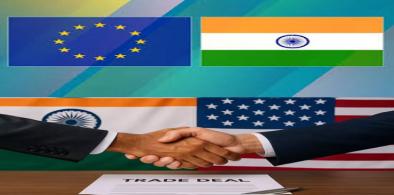
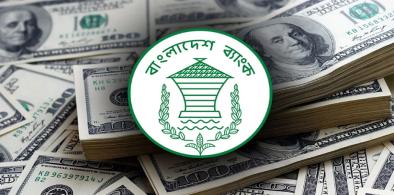
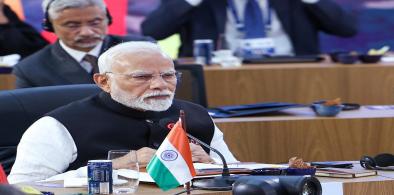

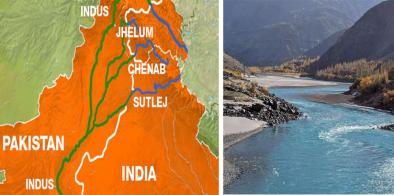
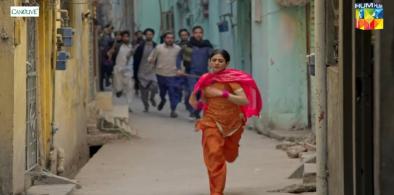







Post a Comment